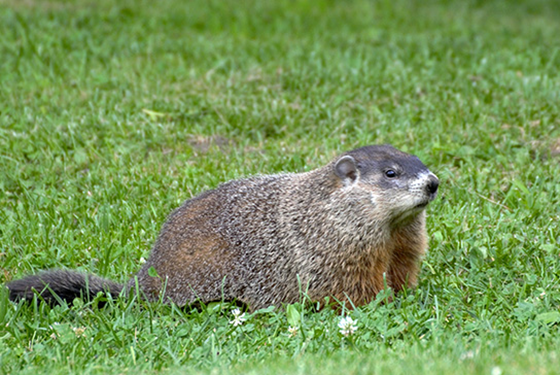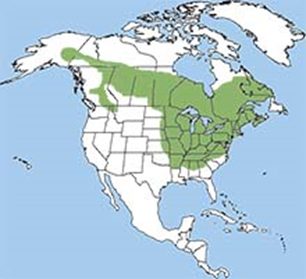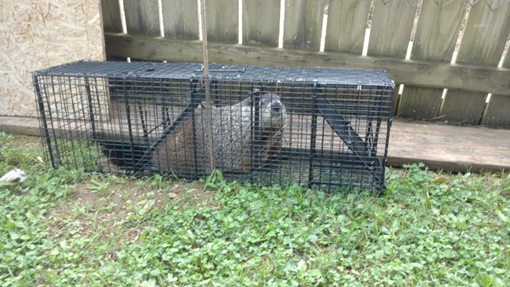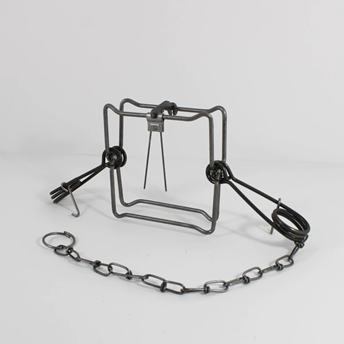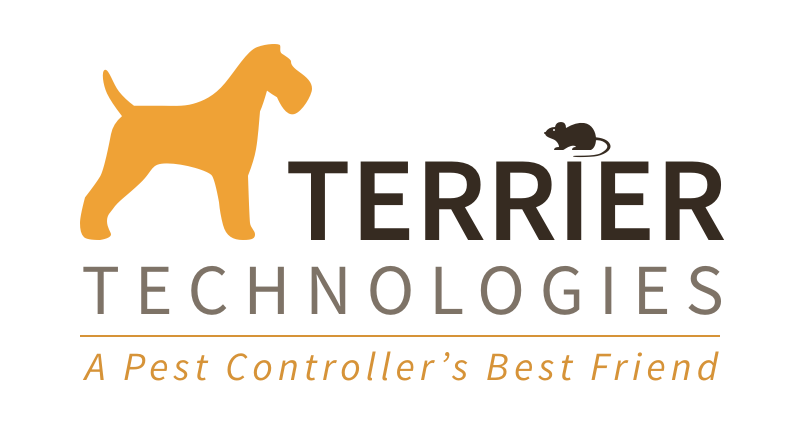-
Groundhogs are one of the more common nuisance
wildlife animals that customers request service for. Groundhogs will create burrows around foundations,
sheds, decks, porches and other outbuildings.
They will also create burrows in open yards/fields. These burrows can do
damage to structures and cause a safety issue for people and animals
(especially horses). Groundhogs will
also feed in gardens, so customers may request removal because of the damage to
their plants.
-
Remember to use the information provided by the
customer as a starting point for inspection. This may come from direct
communication with the customer or the notes from client service detailed in
the work order/proposal. The customer may often report regularly seeing a groundhog on the property.
-
On initial
inspection start by looking for burrows.
Most common areas for burrows are around foundations, decks, sheds,
porches, sunrooms or any other structure that they can get under. Look around the edges of fields and hedgerows.
Holes will typically be between 8-12
inches in size.
-
Groundhogs may also wear out the the grass in areas where they are traveling, so look out for trails. While not common, there may be groundhog droppings left around trails.
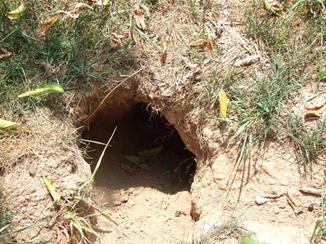
Groundhog Burrow in Yard
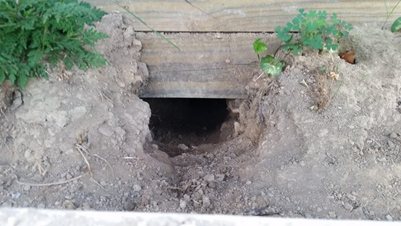
Groundhog Burrow Under Deck
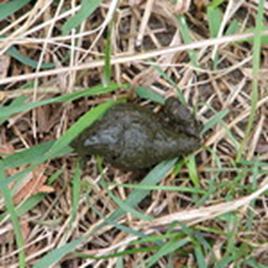
Groundhog Droppings
